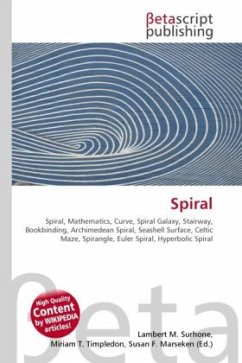High Quality Content by WIKIPEDIA articles! The Ulam spiral, or prime spiral (in other languages also called the Ulam cloth) is a simple method of graphing the prime numbers that reveals a pattern. It was discovered by the mathematician Stanis aw Ulam in 1963, while he was doodling on scratch paper at a scientific meeting. Ulam, bored that day, wrote down a regular rectangular grid of numbers, starting with 1 at the center, and spiraling out. To his surprise, the circled numbers tended to line up along diagonal lines. The image below is a 200×200 Ulam spiral, where primes are black. Diagonal lines are clearly visible, confirming the pattern. All prime numbers, except for the number 2, are odd numbers. Since in the Ulam spiral adjacent diagonals are alternatively odd and even numbers, it is no surprise that all prime numbers lie in alternate diagonals of the Ulam spiral. What is startling is the tendency of prime numbers to lie on some diagonals more than others.
Bitte wählen Sie Ihr Anliegen aus.
Rechnungen
Retourenschein anfordern
Bestellstatus
Storno








